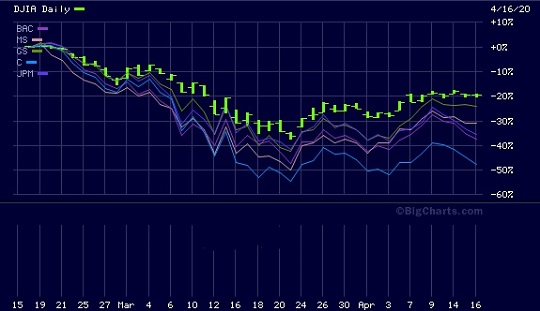Investing in stocks can be an exciting and potentially lucrative endeavor. While many investors may be drawn to well-known, high-priced stocks, there is a growing interest in stocks that are priced at $5 or less. These low-priced stocks have a certain allure, as they offer the potential for significant gains in a short amount of time.
In this article, we will explore the myths surrounding cheap stocks and uncover the advantages of investing in these seemingly undervalued opportunities.
There is a common misconception that cheap stocks are inherently risky or of poor quality. However, it’s important to remember that price alone does not determine the value or potential of a stock. Just because a stock is priced at $5 or less does not mean it lacks potential for growth and profitability.
One advantage of investing in low-priced stocks is the opportunity for substantial returns on investment. Since these stocks have lower prices, even small percentage gains can result in significant profits.
Additionally, low-priced stocks often fly under the radar of institutional investors and analysts, allowing individual investors to identify hidden gems before they gain mainstream attention.
Understanding the Risks
Investing in low-priced stocks carries inherent risks that need to be carefully considered. These stocks are known for their volatility, which stems from factors such as market sentiment, company performance, and overall market conditions. Investors must be prepared for sudden price fluctuations and short-term losses.
Examining historical trends can provide insights into these risks, helping investors make informed decisions. Thorough research and due diligence are essential when investing in low-priced stocks to identify undervalued companies with growth potential while mitigating risks associated with poor management or unstable market conditions.
Strategies for Investing in Stocks $5 or Less
Investing in low-priced stocks requires strategic approaches to maximize success. Analyzing a company’s financial statements and performance metrics is crucial in identifying undervalued companies. Factors such as revenue growth, profitability, debt levels, and cash flow can unveil hidden gems undervalued by the market.
Evaluating industry trends and competitive advantages is equally important. Investing in sectors poised for growth increases the chances of success with low-priced stocks. Companies with unique competitive advantages gain a sustainable edge over competitors.
By scrutinizing revenue growth, profitability, debt levels, and cash flow, investors can uncover undervalued companies. Additionally, assessing industry trends and competitive advantages enhances investment decisions for low-priced stocks. Thorough analysis and research are key to navigating this market successfully.
Diversification: Spreading the Risk
Diversification is a crucial strategy for investors, including those interested in low-priced stocks. By allocating a portion of your portfolio to lower-priced options, you can take advantage of their potential gains while spreading risk exposure. However, it’s important to balance this volatility with higher-priced, stable stocks.
These established stocks provide stability during market downturns and ensure a well-balanced portfolio. The key is finding the right balance based on your risk tolerance and investment goals.
Thorough research and analysis are essential to make informed decisions when building a diversified portfolio that spreads the risk associated with investing in the stock market.
Spotting Red Flags: Avoiding Scams and Pump-and-Dump Schemes
Investors must be vigilant when considering low-priced stocks to avoid falling for scams or pump-and-dump schemes. Warning signs include guaranteed returns, insider information, high-pressure sales tactics, and unsolicited investment offers. Thorough research and verification are crucial before committing funds.
Stay cautious, resist pressure, and invest based on reliable information to protect against fraudulent activities.
Risk Management: Setting Stop-Loss Orders
Implementing stop-loss orders is essential for effective risk management in investment. These automatic sell orders protect investments by selling stocks if their prices fall below predetermined levels. By utilizing stop-loss orders, investors can limit potential losses and safeguard their capital.
Trailing stops are another valuable risk management tool. They adjust the sell order price as the stock price increases, ensuring that profits are locked in while leaving room for further growth.
Watching for Opportunities: Staying Informed and Engaged
To optimize your investments in low-priced stocks, it’s crucial to stay informed and engaged with the market. Utilize financial news outlets and online resources to monitor market trends and company news, making informed decisions and identifying potential opportunities.
Socialize with investment communities for valuable insights, tips, and to stay up to date with the latest trends in the world of low-priced stocks. Stay proactive by regularly gathering information from trusted sources, continuously learning, and adapting your investment approach.
The Importance of Emotional Discipline
When investing in low-priced stocks, emotional discipline is crucial. Fear and greed can cloud judgment and lead to impulsive decisions that may harm your investments. To counteract this, develop a clear investment strategy based on research and analysis. Stick to your strategy even during market volatility or tempting opportunities.
By maintaining emotional discipline, you increase your chances of long-term success in low-priced stock investing.
Conclusion: Maximizing the Potential of Stocks $5 or Less
[lyte id=’Sbp3p_F5ggs’]







